Unless it is medically necessary, cutting out an entire macronutrient can be dangerous to your health. Our cells need them all to function.
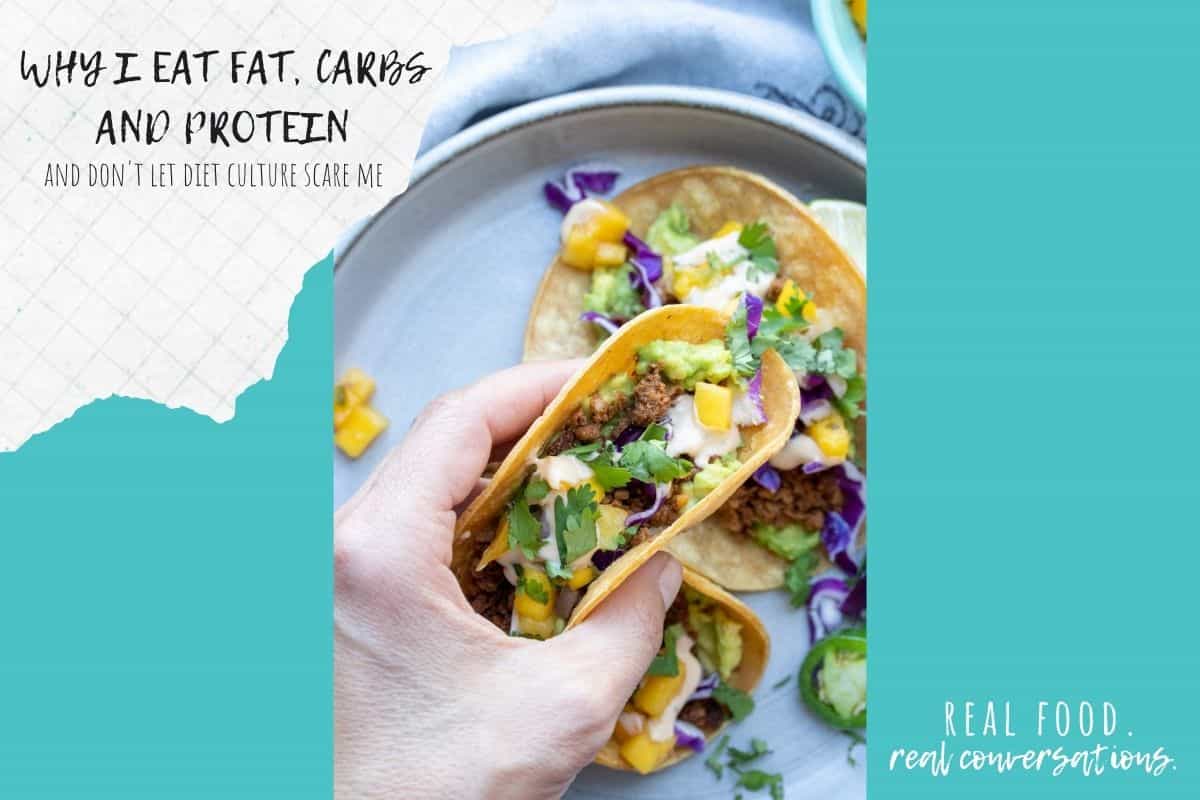
Diet culture tends to push us towards fear of one kind of macronutrient or another. With promises of looking like a model, we blindly follow what is being sold.
Podcast: Play in new window | Download | Embed Subscribe now! Apple Podcasts | iHeartRadio | TuneIn | Deezer | RSS | More
What Are Macronutrients?
When we talk about macros, we are referring to macronutrients. Macronutrients are nutrients our body needs in large amounts (hence the prefix "macro").
We also have other nutrients our body needs. And then there are some that we only need in very small amounts, which are called micronutrients ("micro" meaning small).
The three main macronutrients are carbohydrates, fat and protein. Some say that water is also a macronutrient since we need it in very large amounts as well.
Why do we need macronutrients?
Macronutrients are needed in order for our cells to function. Carbs, fat and protein yield energy. Meaning they have calories that they provide to our body.
When it comes to energy, the first macronutrient our cells turn to is carbs. Carbs are stored for energy short term, so our body wants to use them first.
After the energy of carbs is used, our body turns to fat for it's energy. Fat can be stored long term, so any excess calories from carbs are stored as fat.
The last macronutrient that our body turns to for energy is protein. Once the calories from carbs and fat are used, the body turns to protein.
In general, different parts of our body function best using different sources of energy, so eating a diet with all types of macronutrients helps our body perform best. Again, unless you are guided by a medical professional to do something different.
Diet Culture and Macronutrients
The issue with diet culture is that many people that share diet advice are not licensed professionals. Instead of sharing sound information backed by science, they sell products to make money.
Much of the time, these diets cut out an entire macronutrient category all together promising weight loss, muscle toning, etc.
The diet world is loaded with fat free, carb free, high protein, high fat, etc diets. It's dizzying just thinking about it all.
Eating a Balanced Diet
The problem with following these diets, is you stop listening to what your body is telling you and instead listen to an outside source. This tells your body that it isn't important so eventually you stop hearing it's signals.
This is when people get into trouble. If you don't hear your bodies signals then you can't give it what it wants and needs to function at it's best.
While I don't subscribe to one particular diet (read all about me to see how we eat plants but don't put extreme boundaries on our food), I have had times when I overdo it with food that isn't the best nutritionally or drink too much alcohol.
When this happens, I find that I need to reset myself so that I can get connected to my body again. My Refresh and Reset Guide is my favorite way to do this.
This guide isn't a diet or a meal plan. It's simply a guide with ideas on how to almost clear yourself out so you can hear your body again. Because I believe that overall health is taking care of both your body and mind, I even have some self care ideas in it too!
When I am able to connect with my body again, I know that it craves carbs, fat and protein to be at it's best. I feel the moments that it needs the comforting carbs, those that crave the protein and when I need some good fat sources.
Carbs are not the devil, and neither is fat. You can eat both of those things in healthy amounts. While there are definitely times when I crave one or the other, it all balances out.
Just remember that listening to your body is so important, and sometimes we need to take the time to clear out the gunk (diet culture, overly processed foods to often, over-drinking for too long, etc) so we can hear it.

PS- If you liked this episode of Real Food Real Conversations, please subscribe and leave me a review!
And tag me on Instagram whenever you're listening! I reply to all my messages!


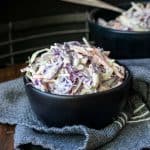

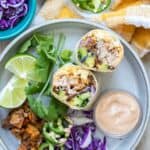
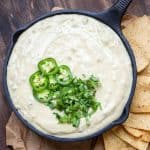
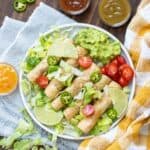
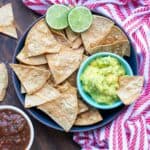
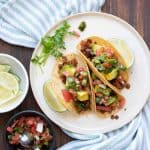
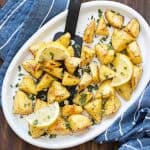

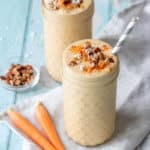
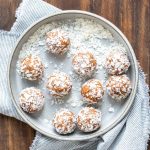

Questions or comments? Let me know below!